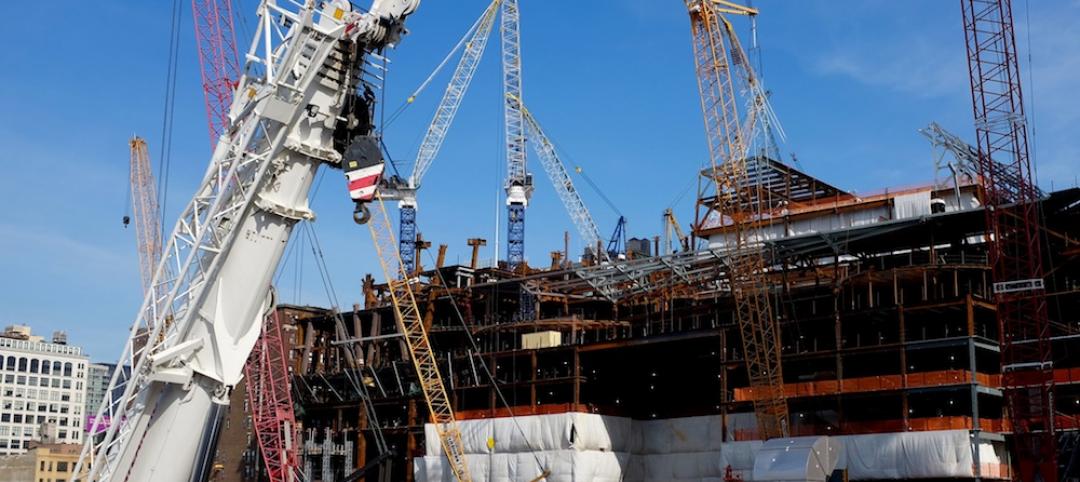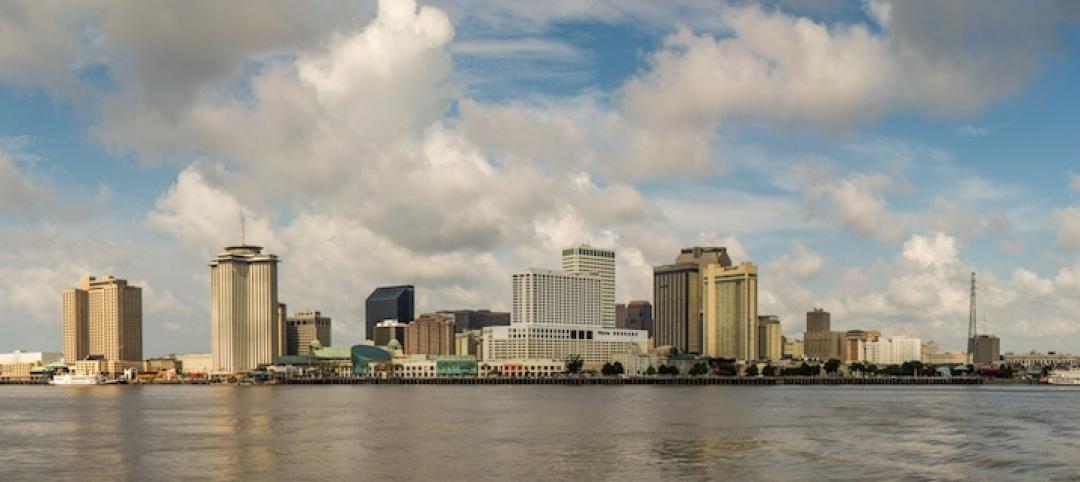While natural disasters such as hurricanes and wildfires can destroy buildings in minutes, other factors exacerbated by climate change degrade buildings more slowly but still cause costly damage.
Rising heat and humidity and wild temperature swings can degrade building materials such as sealants, roofing shingles, concrete, and wood. Structures designed to standards based on historic weather data can be vulnerable when weather patterns change.
For example, a new science center in Scotland experienced a serious roof problem when sealant intended for cooler weather liquified in record temperatures that hit 90 degrees Fahrenheit. HVAC systems designed with decades-old assumptions on temperature, run harder, consume more energy, and break down faster. Even recently completed buildings can fail to anticipate current and future climate conditions.
Insurance usually doesn’t cover repairs to these types of climate-induced failures, placing a financial burden on owners. Experts recommend that owners conduct a thorough review of their portfolio to understand how material composition and operations are or are not ready for projected climate changes.
Related Stories
Sustainability | Mar 17, 2016
New York City releases Design and Construction Excellence 2.0 Guiding Principles
Addresses sustainability, resiliency, healthy living.
Resiliency | Feb 22, 2016
Legal challenge filed over N.J.’s new coastal management regulations
Groups argue rules make it easier to build in flood-prone areas.
Resiliency | Feb 16, 2016
Obama establishes federal earthquake risk management standard
The standard requires federal agencies to use earthquake-resistant design provisions in current building codes.
Resiliency | Feb 2, 2016
New York City’s post-Hurricane Sandy resiliency efforts hailed as exemplar
Lessons learned can help urban areas cope with climate change impacts.
Resiliency | Jan 29, 2016
Section of New Orleans will try new approach to flood control
The city will turn to a retain and control storm water strategy.
Resiliency | Jan 13, 2016
LEED credits on resiliency expected to influence future of building design
Post-disaster survivability is a key goal.
Resiliency | Dec 7, 2015
New earthquake rating system released by the U.S. Resiliency Council
Intended for building owners and leasing, finance, and insurance industry.















